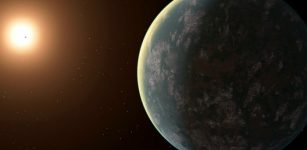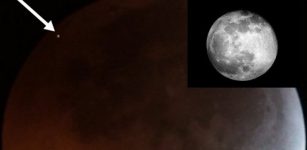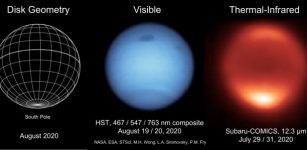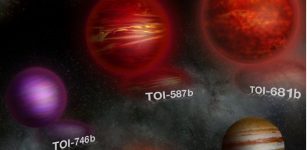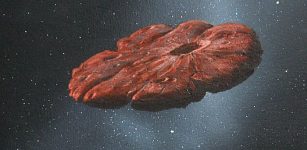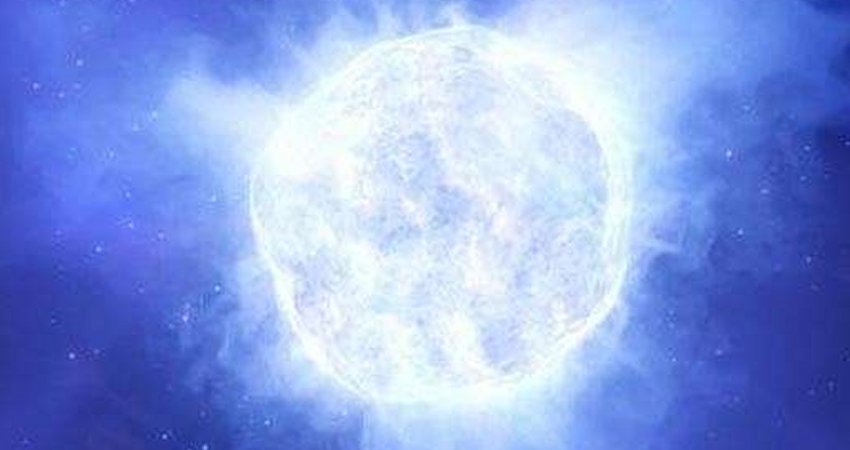Harvest Moon 2016: When And How to See September’s Full Moon
MessageToEagle.com – Summer’s end is on the horizon, and the arrival of autumn will be heralded by a Harvest Moon on Sept. 16, when there will also be a penumbral lunar eclipse. The full Harvest moon will peak at 3:05 p.m. EDT (1905 GMT), but will appear full to casual skywatchers a day before and after the actual full moon date.
The term “Harvest Moon” refers to the full moon that falls nearest to the autumnal equinox, which will take place on Sept. 22. This full moon will also be a penumbral lunar eclipse, although the effects may not be visible to the naked eye.
A nighttime full moon provides a brilliant natural light source, so many people use this monthly event as a reason to take a nighttime hike or stroll on the beach. It’s also an opportunity to look at some of the major features on the surface of the moon, many of which are visible without a telescope.
Naming the full moon
A full moon takes place when the moon is on the side of the Earth opposite from the sun. The exact moment when the moon is officially “full” comes when the three bodies — the Earth, the moon and the sun — fall in a straight line, and the Earth-facing side of the moon is completely illuminated by sunlight.
Sometimes, when these three bodies line up, the Earth’s shadow blocks the sunlight from falling onto the surface of the moon. On Sept. 16, the moon will pass through the very outer region of the Earth’s shadow, in what is known as a penumbral eclipse. This will only create a very faint dimming of the full moon, which may not be visible to most skywatchers.
The eclipse will be visible to varying degrees across Europe, Africa, Asia, Australia and the Western Pacific. The point of maximum eclipse will take place at 18:54:20 Universal Time (UTC), or 2:54 a.m. EDT (1854 GMT). Viewers in other parts of the world will enjoy a normal full moon.
This year’s Harvest Moon will occur at 3:05 p.m. EDT (1905 GMT) on Sept. 16; however, as is typically the case, the moon will appear full for a few days before and after that day.
Throughout history, different cultures have given unique names to the full moons based on the time of year that they occur.
“People used to track the passage of time based on the moon,” Andrea Jones, an education specialist for the Planetary Science Institute, told Space.com. “The moon is a very obvious timekeeper for ancient civilizations.”
For that reason, there are many different names for each full moon, depending on what part of the world you happen to be in. The Harvest Moon is a name that arose in the Northern Hemisphere, where autumn begins in September (unlike in the Southern Hemisphere, where September marks the start of spring). The Harvest Moon is followed by the Hunter’s Moon, the Beaver Moon and the Cold Moon (once again, names that were coined in the Northern Hemisphere).
With or without a telescope
Even without a telescope, it’s possible to see lots of amazing features on the surface of the moon.
First, look for contrasting light and dark regions. The light regions are older layers of rock that floated to the surface when the moon was covered in a magma ocean, Jones said; the dark regions are called maria, the Latin word for “seas.”
In reality, the maria are cooled lava that pooled at the bottom of impact craters (which is why many of the maria appear circular, Jones said).
Viewers without a telescope can also see Tycho crater in the bottom-left quadrant of the moon. The crater is noticeable because of the bright streaks emanating from the center.
With a good pair of binoculars or a telescope, viewers can spot even more features on the moon’s surface. NASA’s Lunar Reconnaissance Orbiter (LRO) has mapped the surface of the moon in amazing detail, and those maps can serve as a guide for skywatchers.
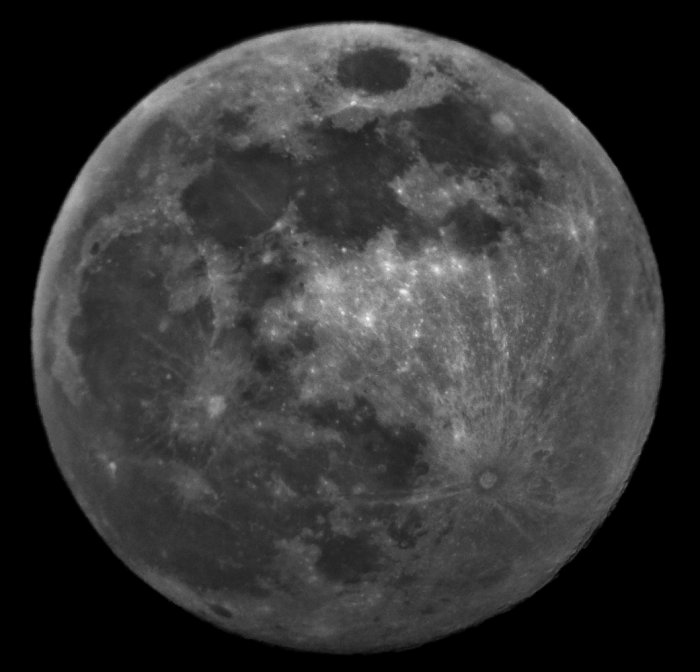
Credit: Zachary Maughmer
Observing the full moon can be a fun activity because its entire face is visible. But many skywatchers prefer to observe the moon when only part of its surface is illuminated, as the reflected light from the moon can be so bright that it can actually become difficult to see some features on the surface.
Jones serves as director of International Observe the Moon Night (InOMN), which was started as a celebration of the research being done by LRO. Jones said that for InOMN, she and her colleagues typically select a night when the moon is partially in shadow.
We “want a phase of the moon that has a terminator — that line between day and night where you have the shadows along the ridges, and the mountains, and the impact craters, and all of those features stand out in much more detail,” she said.
So even if you decide to observe the full moon this month, consider taking a look at the lunar surface during other phases as well.
MessageToEagle.com via Space.com
This article was originally published on Space.com – the leading space news site on the web keeping up on the latest space science, technology and astronomy news.


